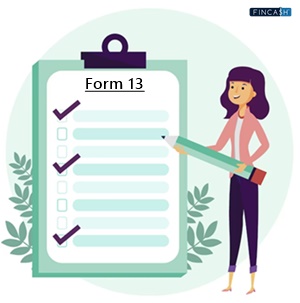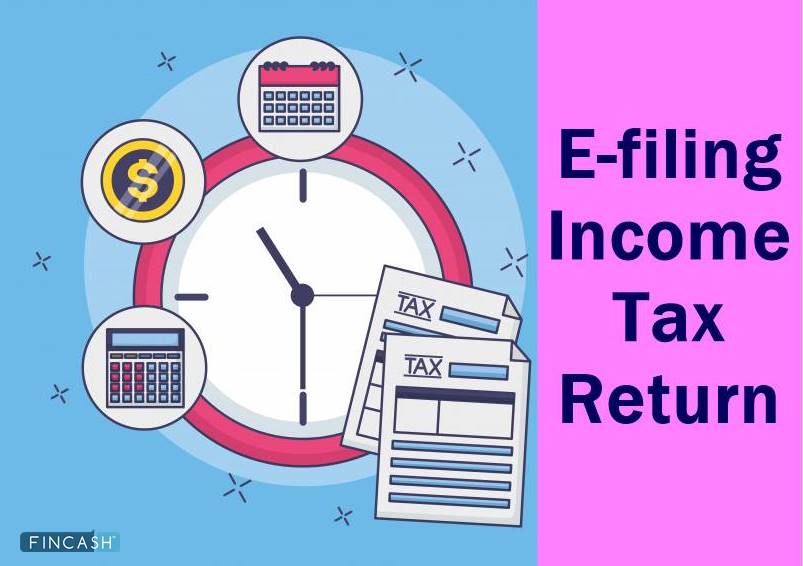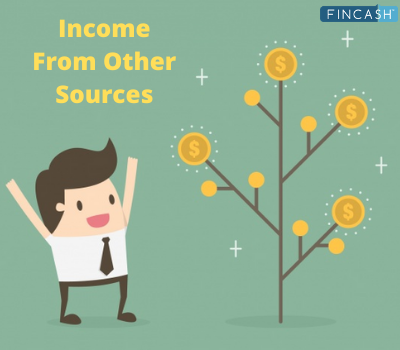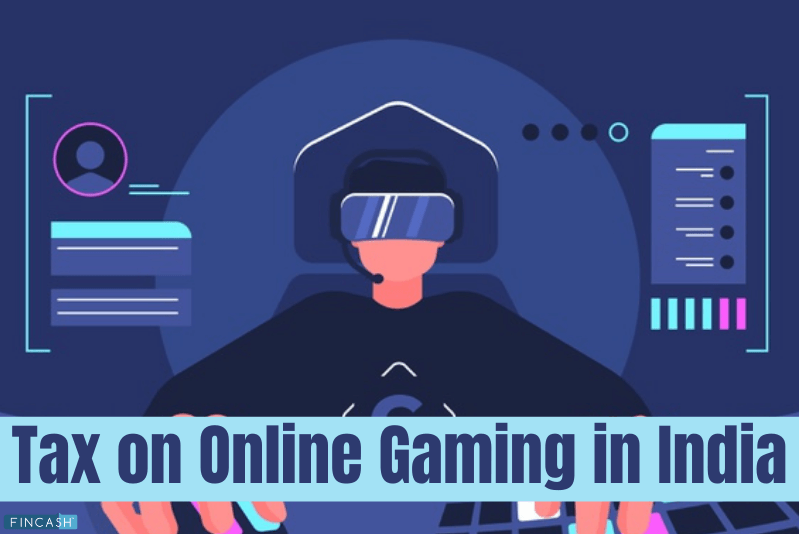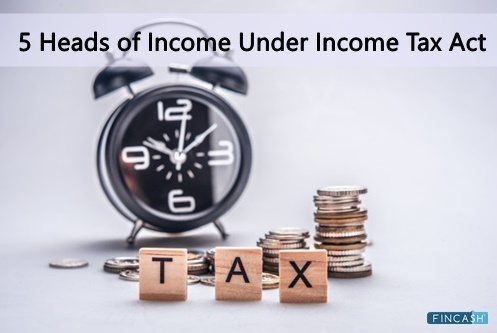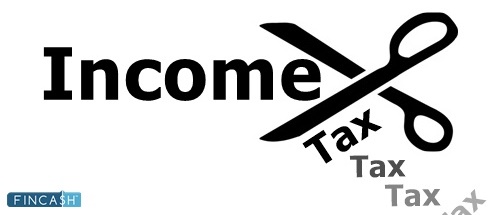
Table of Contents
- Overview of Form 10 IE
- Understanding the New Tax Regime Option
- Benefits of the New Tax Regime
- Eligibility Criteria for Choosing the New Tax Regime
- Comparison of the Old and New Tax Regimes
- Step-by-Step Guide to Form 10 IE Filing
- Implications of Choosing the New Tax Regime
- Final Thoughts
- Frequently Asked Questions (FAQs)
- 1. Is it mandatory to file Form 10 IE of the income tax act?
- 2. Can I switch back to the regular tax regime after filing Form 10 IE?
- 3. Can I claim any deductions or exemptions under the new tax regime?
- 4. Can I file Form 10 IE after the due date for filing my income tax return?
- 5. Do I need to file a separate Form 10 IE income tax for each financial year?
- 6. Can I file Form 10 IE if I am a resident taxpayer but have income from sources outside India?
Form 10 IE of Income Tax
In the Finance Act of 2020, the Indian finance ministry introduced a new tax regime for Income taxpayers. To select this new regime, taxpayers must make a declaration of their choice, which is facilitated by Form 10IE. This form serves as a declaration for Income Tax Return filers who want to opt for the new tax regime. This article discusses the basics of Form 10 IE of the income tax act, including what it is, who it applies to, and how to file it.
Overview of Form 10 IE
Form 10 IE is a tax form used by individuals in India to declare their options for the new tax regime introduced by the government. The form is required to be filed with the Income Tax Department by taxpayers to claim the benefits associated with it. The form requires the taxpayer to provide information about their Taxable Income and the deductions and exemptions they wish to claim under the new tax regime.
It is important to note that once the form is filed, the taxpayer is committed to the new tax regime for the entire financial year and cannot switch back to the old tax regime. Therefore, it is crucial for taxpayers to carefully consider the implications and seek professional advice before filing Form 10 IE.
Talk to our investment specialist
Understanding the New Tax Regime Option
The new tax regime is an optional tax system introduced by the government of India as part of its efforts to simplify the tax code and provide taxpayers with more flexibility in terms of their tax obligations. The new tax regime offers lower tax rates for those who are willing to forego certain deductions and exemptions. To be eligible for the new tax regime, individuals must have a taxable income of up to Rs. 15 lakhs per annum. Taxpayers who choose the new tax regime are required to pay tax at lower rates, ranging from 5% to 30%, as compared to the old tax regime, where the tax rates Range from 5% to 42%.
It is important to compare the old and new tax regimes to determine which one is more beneficial for a particular taxpayer. For example, while the new tax regime offers lower tax rates, it may not provide the same level of deductions and exemptions as the old tax regime. Taxpayers must consider their individual circumstances, such as the sources of their income, investment and savings, and Tax Liability, to make an informed decision.
Benefits of the New Tax Regime
The new tax regime offers several benefits, including:
Lower Tax Rates: Taxpayers who choose the new tax regime are required to pay tax at lower rates, ranging from 5% to 30%, as compared to the old tax regime, where the tax rates range from 5% to 42%. This can result in significant tax savings
Simplified Tax Compliance: The new tax regime eliminates the need for taxpayers to claim various deductions and exemptions, making the tax compliance process simpler and more straightforward
Increased Take-Home Pay: With lower tax rates and simplified tax compliance, taxpayers can potentially increase their Take-Home Pay
Reduced Tax Liability: The new tax regime can result in lower tax liability for taxpayers, especially those with lower taxable income
Flexibility: The new tax regime provides taxpayers with more flexibility in terms of their tax obligations, allowing them to choose a system that best suits their individual circumstances
Eligibility Criteria for Choosing the New Tax Regime
The eligibility criteria for choosing the new tax regime are as follows:
- To be eligible for the new tax regime, individuals must have a taxable income of up to Rs. 15 lakhs per annum
- There is no age requirement and taxpayers of any age can opt for the new tax regime if they meet the other eligibility criteria
- Both resident and non-resident individuals are eligible to choose the new tax regime
- Taxpayers must have only taxable salary or pension, and/or income from one house property (excluding cases of loss) and income from other sources (excluding lottery winnings and income from racehorses)
- Taxpayers cannot claim deductions and exemptions under the new tax regime, so it may not be the best option for taxpayers who typically claim a significant number of deductions and exemptions
Comparison of the Old and New Tax Regimes
The comparison between the old and new tax regimes is as follows:
| Basis | Old Tax Regime | New Tax Regime |
|---|---|---|
| Tax Rates | Higher tax rates, ranging from 5% to 42%, based on their taxable income | Lower tax rates, ranging from 5% to 30%, based on their taxable income |
| Tax Compliance | The old tax regime requires taxpayers to claim various deductions and exemptions, making the tax compliance process more complex and time-consuming | The new tax regime eliminates the need for taxpayers to claim various deductions and exemptions, making the tax compliance process simpler and more straightforward |
| Take-home Pay | With higher tax rates and complex tax compliance, taxpayers under the old tax regime can potentially have lower take-home pay | With lower tax rates and simplified tax compliance, taxpayers under the new tax regime can potentially increase their take-home pay |
| Tax Liability | The old tax regime can result in higher tax liability for taxpayers, especially those with higher taxable income | The new tax regime can result in lower tax liability for taxpayers, especially those with lower taxable income |
| Flexibility | The old tax regime provides taxpayers with limited flexibility in terms of their tax obligations, as they are required to follow a set of rules and regulations | The new tax regime provides taxpayers with more flexibility in terms of their tax obligations, allowing them to choose a system that best suits their individual circumstances |
Step-by-Step Guide to Form 10 IE Filing
The steps for filing Form 10-IE are as follows:
- Income tax Form 10-IE can be obtained from the official website of the income tax department or from a Tax consultant
- The form must be filled out accurately and completely, providing all the required information such as the taxpayer's name, PAN number, address, and details of the income sources
- The taxpayer must declare their taxable salary or pension, and/or income from one house property (excluding cases of loss) and income from other sources (excluding lottery winnings and income from racehorses)
- The form must be signed by the taxpayer or their authorized representative
- Form 10-IE must be submitted to the income tax department along with the required documents and proof of identity
Implications of Choosing the New Tax Regime
Choosing the new tax regime has several implications that taxpayers must be aware of before making their decision. Some of the key implications are as follows:
- Taxpayers who choose the new tax regime cannot claim any deductions or exemptions on their taxable income, as all such benefits have been eliminated under the new regime
- Taxpayers under the new tax regime are required to pay tax at lower rates, ranging from 5% to 30%, based on their taxable income. This can result in lower tax liability for taxpayers, especially those with lower taxable income
- The new tax regime eliminates the need for taxpayers to claim various deductions and exemptions, making the tax compliance process simpler and more straightforward
- With lower tax rates and simplified tax compliance, taxpayers under the new tax regime can potentially increase their take-home pay
- Taxpayers who choose the new tax regime may be ineligible for certain benefits and subsidies, such as the standard Deduction, transport allowance, and house rent allowance, among others
- Taxpayers under the new tax regime cannot carry forward any losses from their business or profession, as this feature has been eliminated under the new regime
- Taxpayers under the new tax regime cannot set off any losses from their business or profession against their taxable income, as this feature has also been eliminated under the new regime
Final Thoughts
The new tax regime option introduced by the government of India offers taxpayers a simplified and more straightforward tax compliance process, with lower tax rates and increased take-home pay. However, choosing the new tax regime also means giving up certain benefits and deductions, and being subject to some restrictions and limitations.
While the new tax regime can be a good option for some taxpayers, it may not be suitable for everyone. It is important for taxpayers to consider their individual circumstances and weigh the benefits and drawbacks of the new regime before making a decision.
Frequently Asked Questions (FAQs)
1. Is it mandatory to file Form 10 IE of the income tax act?
A: No, filing Form 10 IE is not mandatory. Taxpayers have the option to choose whether to opt for the new tax regime or not. If a taxpayer does not file Form 10 IE, they will be taxed at the regular tax rates.
2. Can I switch back to the regular tax regime after filing Form 10 IE?
A: No, once a taxpayer has filed form 10 IE income tax online and opted for the new tax regime, they cannot switch back to the regular tax regime. The choice of the new tax regime is irrevocable.
3. Can I claim any deductions or exemptions under the new tax regime?
A: No, taxpayers who opt for the new tax regime cannot claim any deductions or exemptions, as all such benefits have been eliminated under the new regime.
4. Can I file Form 10 IE after the due date for filing my income tax return?
A: No, Form 10IE must be filed before the due date for filing the taxpayer's income Tax Return. Taxpayers who miss the deadline cannot opt for the new tax regime for the relevant financial year.
5. Do I need to file a separate Form 10 IE income tax for each financial year?
A: Yes, taxpayers must file a separate Form 10 IE for each financial year in which they wish to opt for the new tax regime.
6. Can I file Form 10 IE if I am a resident taxpayer but have income from sources outside India?
A: Yes, resident taxpayers with income from sources outside India can opt for the new tax regime by filing Form 10 IE. However, the eligibility criteria for the new regime will apply to the taxpayer's total taxable income, including income from sources outside India.
All efforts have been made to ensure the information provided here is accurate. However, no guarantees are made regarding correctness of data. Please verify with scheme information document before making any investment.
